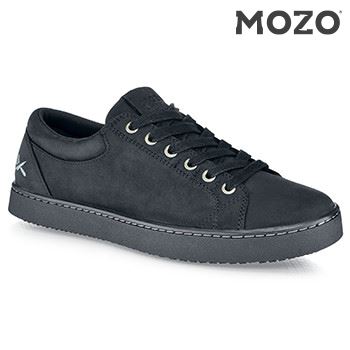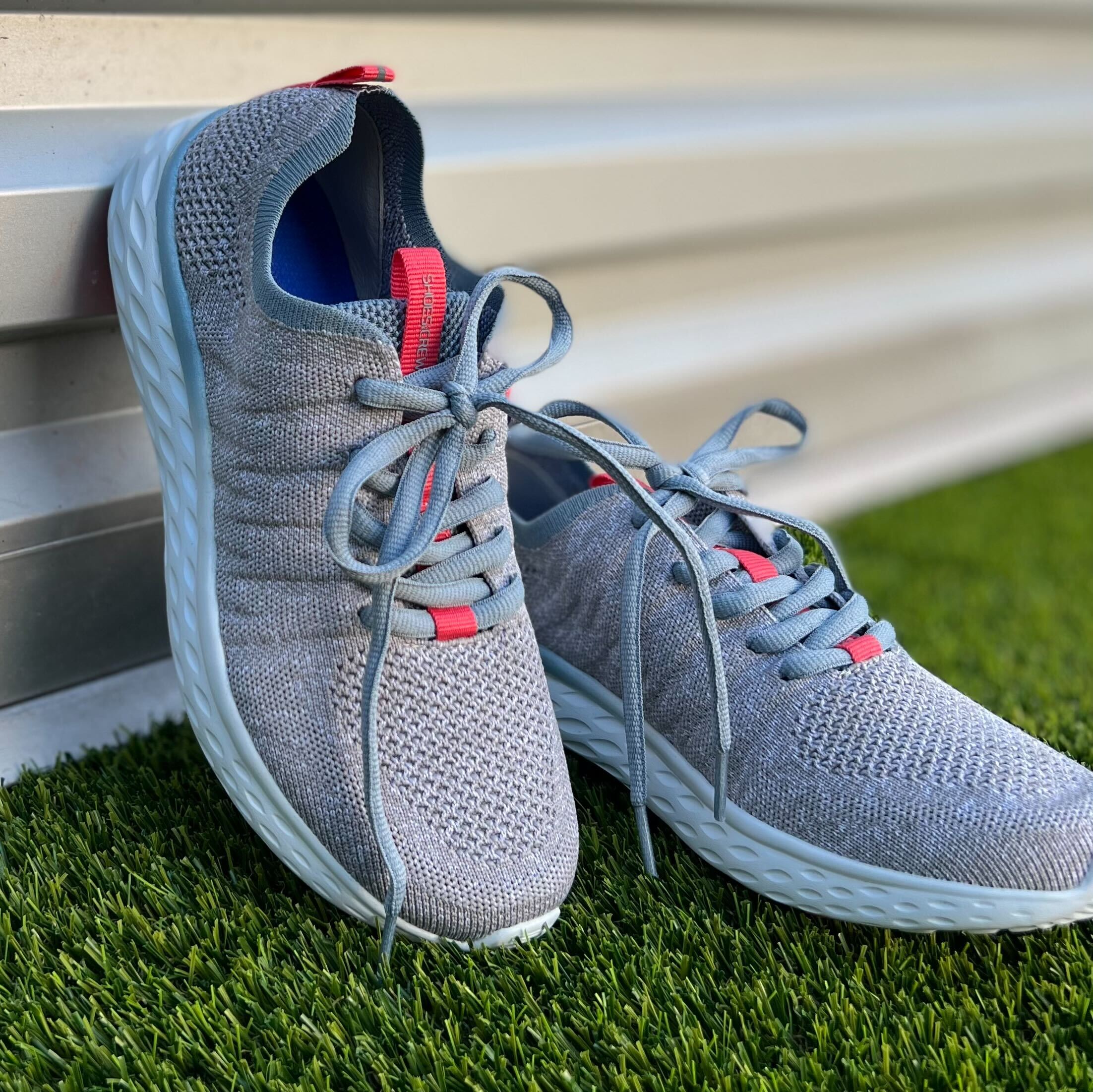You might not realise just how many steps you take when you’re at work. Whether you’re taking orders behind the bar or moving stock in a warehouse, your feet have to deal with a lot. After a long shift, your feet might be aching and sore which can hinder your productivity at work and make you unhappy. From ice buckets to simple exercises, here’s how to stop your feet from hurting at work

What can Foot Pain Lead to?
If you have a job that requires you to be on your feet all day, you’re more likely to develop health problems related to your feet, legs, back and knees. Jobs where you have to stand all day put an awful lot of strain on our bodies.
If avoided and not dealt with, minor issues like sore feet can lead to more serious conditions like joint damage, arthritis, tendonitis and high blood pressure.
Who’s Most at Risk?
Foot pain can be an issue for anyone who works on their feet all day, no matter their age or industry. People who have manual job roles put a lot of strain on their bodies so they need to be especially aware.
Workers in industries like healthcare, construction, warehousing, agriculture, food production and catering are more likely to have foot pain but anyone who spends most of the day standing should also be careful. Foot pain at work can be treated if you take a few important steps.
Cater II are perfect for those in the catering industry
Tips to Stop Your Feet Hurting
There are a number of different things you can try to ease foot pain from long hours at work. See which treatment works best for you from our suggestions.
- The Right Shoes
- Ice
- Stretches
- Seated Breaks
The Right Shoes
If you’re on your feet all day, then the right pair of shoes is essential. You might have a favourite pair that look great but they’ll lead to foot pain and backache, if they don’t offer you the right arch support and comfort.
Shoes with arch support reduce weakness in your legs and feet, reducing pain and swelling. Make sure the shoes you wear are the right fit. If they’re too small, they can cut off circulation and cause blisters. Too big and they’ll be a distraction and a tripping hazard.
It’s important to find the right pair of shoes to suit your specific job role. Chefs won’t benefit from a formal pair of brogues whilst waiters need something that looks professional but feels comfortable and that's slip-resistant because of their work environment.
You might have been prescribed custom insoles by a podiatrist to help alleviate foot pain so you’ll need a pair of shoes that have removable insoles.
The right pair of work shoes will offer comfort, slip-resistance and ventilation to keep your feet cool, helping to prevent blisters and discomfort. If your job role sees you dealing with heavy items and other falling hazards, steel toes and puncture resistant material can ensure you’re safe.
 Mavi offers fantastic ventilation to keep feet cool
Mavi offers fantastic ventilation to keep feet cool
Ice
Every step we take puts a strain on our feet so it’s important to give our body time to heal. This healing process can be helped by ice as the cold causes our blood vessels to constrict, reducing swelling and inflammation.
Immerse your feet into a bucket of ice and water, for up to 20 minutes, after your shift to help with healing. If you don’t have any ice to hand, a bag of frozen vegetables is a perfect substitute.
Now is a good opportunity to think about the health of your feet. Keeping your feet clean and dry and your toenails clipped can prevent unwanted problems like athlete’s foot from developing.
Stretches
After you’ve finished your shift for the day, try and fit in a few simple stretches. This helps to improve circulation in your feet and can relax tense muscles. A great stretch to do is a calf raise:
- Pull your abdominal muscles in and stand as tall as you can on the edge of a step.
- Make sure the balls of your feet are on the step with your heels hanging over the edge.
- Stand on your tiptoes and raise your heel, holding for a few seconds.
- Lower your heels back to the platform and repeat ten times.
Stretches like these can strengthen the muscles in your body whilst relaxing them at the same time. This can relieve foot and ankle pain as well as improving your overall posture. Here's a video to help you with calf raises.
Seated Breaks
This might seem like an obvious one but seated breaks during your shift can make a big difference. Taking a moment to sit and relax will ease the pressure on your feet and ankles. If possible, try and elevate your feet on a chair or step as this will reduce swelling.
Whilst on your shift, avoid standing still in one place for long periods of time. Moving around keeps good circulation in your feet and ensures that weight isn’t placed on the same part of your feet for too long.
Find the Perfect Pair of Work Shoes
There’s a lot to think about when it comes to finding the right pair of work shoes, so if you need a little more help, download our guide. It’s packed with helpful tips and things to remember so that your next pair of shoes will stop your feet from hurting at work. Download the free buying guide now.











